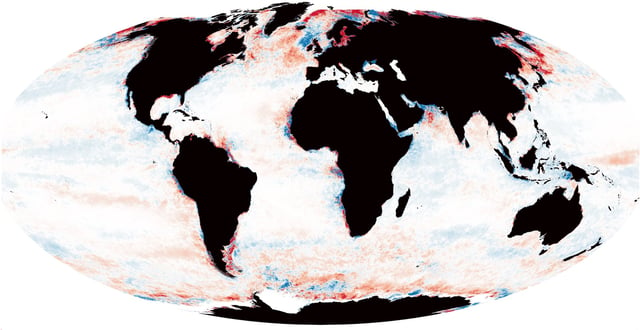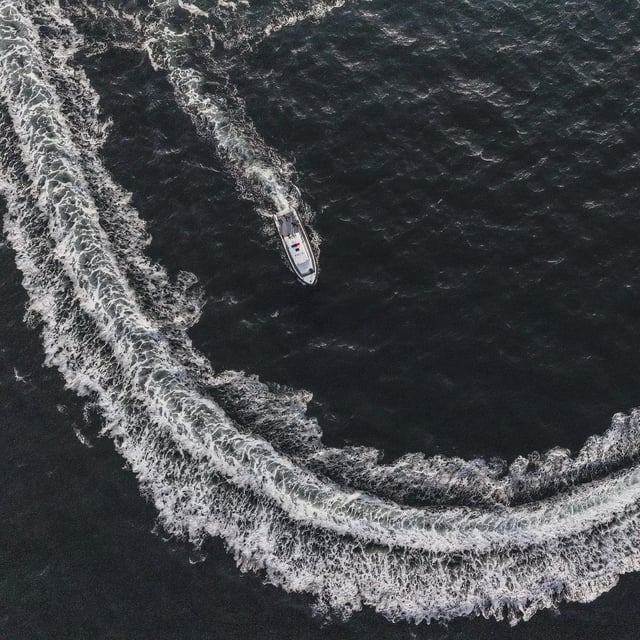Overview
- Over 21% of the world’s oceans lost light between 2003 and 2022, cutting into the photic zones that sustain 90% of marine species.
- In more than 9% of ocean areas photic layers have shallowed by over 50 m and in 2.6% by more than 100 m, limiting habitat depth.
- Researchers link the trend to heightened coastal nutrient and sediment runoff, changing algal bloom dynamics and rising sea surface temperatures.
- Light loss is most acute near the Gulf Stream and around both poles, even as roughly 10% of the ocean has paradoxically brightened.
- Shrinking sunlit zones may drive organisms upward, boost surface competition and threaten fisheries, carbon cycling and overall ocean health.



